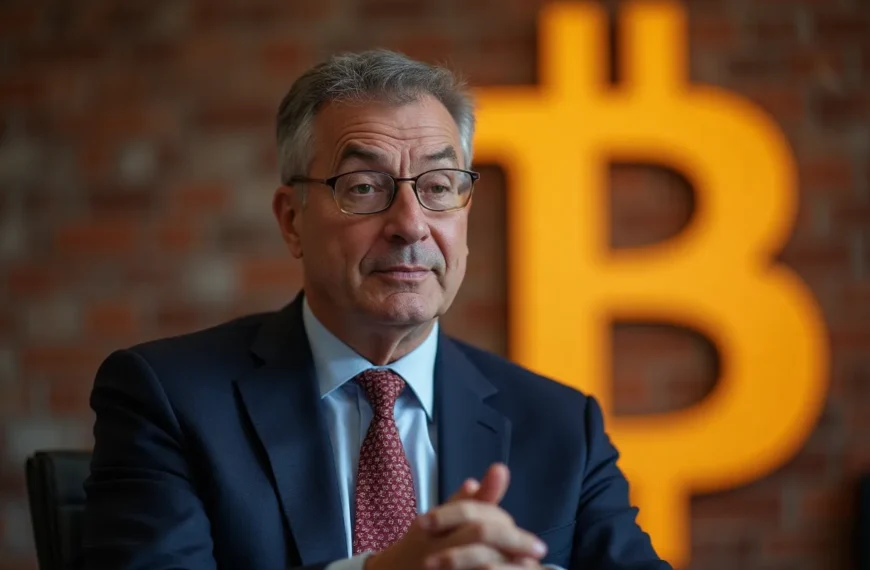Understanding Michael Saylor’s Bitcoin Strategy
Michael Saylor, the co-founder and executive chairman of MicroStrategy, has become a prominent figure in the cryptocurrency space, particularly known for his bullish stance on Bitcoin. His strategy revolves around accumulating large amounts of Bitcoin, often referred to as “HODLing,” which means holding onto the cryptocurrency for the long term rather than selling it. However, recent market fluctuations have led to speculation about whether Saylor might need to sell some of his Bitcoin holdings.
The Rise of MicroStrategy and Bitcoin Investment
MicroStrategy made headlines when it became one of the first publicly traded companies to invest heavily in Bitcoin. Since then, Saylor has been vocal about the benefits of Bitcoin as a store of value, likening it to digital gold. His strategy involves several key components:
The Risks and Challenges of HODLing
While Saylor’s HODLing strategy has garnered attention, it is not without its risks and challenges. Here are some factors that could potentially influence his decision to sell:
The Future of Bitcoin and Saylor’s Investments
Despite the potential challenges, Saylor remains optimistic about the future of Bitcoin. He has consistently communicated confidence in the cryptocurrency’s ability to appreciate in value over time. This belief is rooted in several factors:
Growing Institutional Adoption
The increasing interest from institutional investors is a significant factor behind Saylor’s bullish outlook. As more corporations and financial institutions enter the crypto market, the demand for Bitcoin is expected to rise, potentially driving up its price.
Technological Advancements
Saylor also points out the ongoing technological advancements in the Bitcoin ecosystem, which contribute to the cryptocurrency’s value proposition.
Should Saylor Sell? The Debate Among Analysts
As Michael Saylor continues to accumulate Bitcoin, the debate about whether he should sell remains a hot topic among analysts and crypto enthusiasts. Some believe that selling a portion of his holdings could be prudent, while others argue that he should stay the course.
Arguments for Selling
Supporters of the idea that Saylor should consider selling some of his Bitcoin holdings often cite the following points:
Arguments Against Selling
On the other hand, many advocates of Saylor’s HODLing strategy argue that selling could undermine the long-term vision he has for Bitcoin:
Conclusion: The Path Forward for Michael Saylor
As Michael Saylor continues to navigate the evolving landscape of cryptocurrency, his decisions regarding Bitcoin will undoubtedly be closely watched. Whether he chooses to hold, sell, or further invest in Bitcoin, his actions will have implications not only for MicroStrategy but also for the broader cryptocurrency market.
In a world where Bitcoin’s volatility and potential for growth coexist, Saylor stands as a prominent figure advocating for the long-term potential of digital currencies. As the market evolves, so too will the conversations surrounding Bitcoin, investment strategies, and the future of finance. Saylor’s journey serves as a compelling case study in the intersection of corporate strategy and cryptocurrency investment, making it a topic worth following for enthusiasts and investors alike.
In the coming years, it will be fascinating to observe how Saylor’s HODL strategy unfolds and what it means for the future of Bitcoin and the broader financial landscape.






